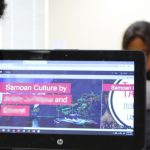
Transforming Education with Equitable Classrooms and Diverse Teachers
“When I was student teaching, one of my students looked at me and said, ‘I think you’re the first black teacher that I’ve ever had,” says Martinez Fellow Ashleigh Shoecraft. “Just seeing what that meant to him – the value of seeing someone who looks like you, of learning from someone who can relate to a bit of your story, even if we don’t know it all – I think is really powerful to students.”
Many of our fellows recount similar stories of their personal experience navigating learning as a student of color. For most, it wasn’t until they were much older when they realized the power of cultural representation in affirming students’ identities and capabilities. That’s when they decided to become a teacher themselves.
Currently, teachers of color represent just 12% of the teachers in Washington State’s public schools — compared to its almost 48% of students of color.
Currently, teachers of color represent just 12% of the teachers in Washington State’s public schools — compared to its almost 48% of students of color. When you begin digging, you begin to see even more racial and socioeconomic disparities in discipline rates, educational equity, and funds allocated per student.
But, through the Martinez Fellowship Program, more students in Washington State will have the gift of learning from diverse teachers. They will have access to teachers who can empathize with them, understand cultural nuances, and at a minimum, see themselves in their school leaders. And, while racial diversity in teachers benefits all students, the impact is most significant in students of color. A study found that minority students tend to do better on tests, have better attendance, receive fewer suspensions, and are less likely to drop out of school when they have at least one same-race teacher [1].
Beyond STEM, we have a chance to make an impact on countless students’ lives. We have a chance to see students as unique, bright individuals and challenge them academically in a supportive and equitable environment. We can build safe spaces for all students to pursue academic greatness among diverse students and teachers.
TAF’s student-centered model is built on providing academic environments where students are supported — academically, emotionally, and culturally. Next year TAF plans to partner with three more public schools in underrepresented communities and recruit 40 more educators of color to teach in Washington’s schools.
Just $360 a year — that’s about $1 a day — will give a Washington State student this gift.
Together, we can change the face of public education.




